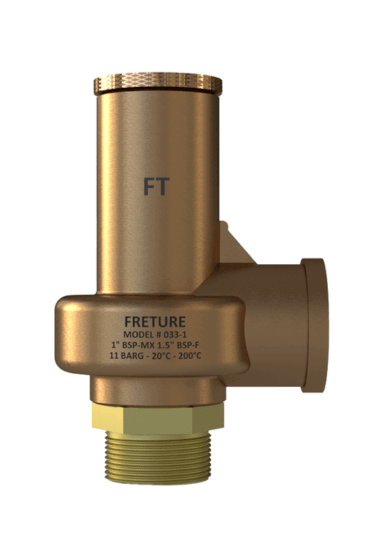Safety valves are essential components in various industrial processes, playing a critical role in safeguarding equipment, personnel, and the environment. These valves serve as the last line of defense, preventing catastrophic accidents by relieving excess pressure in systems. Understanding their function, types, and importance is crucial for ensuring operational safety across industries.
At the heart of safety valves lies their primary function: pressure relief. In any system handling fluids or gases, pressure buildup can occur due to various factors, such as equipment malfunction, thermal expansion, or process upsets. Without a means to alleviate this pressure, the consequences can be severe, ranging from equipment damage to explosions. Safety valves act as automatic fail-safe mechanisms, opening at predetermined pressure thresholds to release excess fluid or gas and prevent overpressurization.
One of the key aspects of safety valves is their versatility. They find applications in a wide range of industries, including oil and gas, chemical processing, power generation, and manufacturing. In each setting, safety valves are tailored to meet specific requirements, considering factors such as operating pressure, temperature, and fluid composition. For instance, in high-temperature environments, valves constructed from materials capable of withstanding thermal stresses are employed to ensure reliability and longevity.
Safety valves come in various types, each designed to address specific needs and operating conditions. One common classification is based on their operating mechanism, with the main types being spring-loaded, pilot-operated, and rupture disk valves. Spring-loaded valves utilize a spring mechanism to maintain a predetermined pressure setpoint, opening when the system pressure exceeds this threshold. Pilot-operated valves, on the other hand, rely on a separate control system (the pilot) to regulate valve opening, offering finer control and greater sensitivity to pressure changes. Rupture disk valves, also known as burst discs, consist of a thin membrane that ruptures at a specified pressure, providing instantaneous relief in high-pressure applications.
The selection of the appropriate type of safety valve depends on factors such as system design, operating conditions, and regulatory requirements. Engineers and safety professionals must conduct thorough risk assessments to identify potential hazards and determine the most suitable valve configuration for mitigating risks effectively.
Ensuring the proper installation, maintenance, and testing of safety valves is paramount to their effectiveness. Improperly installed or poorly maintained valves may fail to operate when needed, compromising safety and potentially leading to catastrophic consequences. Regular inspection and testing procedures are essential to verify valve functionality, identify any defects or degradation, and address them promptly.
Moreover, safety valves must comply with industry standards and regulations to ensure their reliability and performance. Organizations such as the American Society of Mechanical Engineers (ASME) and the International Organization for Standardization (ISO) establish guidelines and codes of practice governing the design, installation, and testing of safety valves. Adherence to these standards not only ensures regulatory compliance but also enhances operational safety and reliability.
In addition to their role in preventing overpressurization, safety valves contribute to overall system efficiency and reliability. By relieving excess pressure, they help maintain optimal operating conditions, prolonging the lifespan of equipment and reducing the risk of downtime due to unexpected failures. Furthermore, safety valves play a crucial role in environmental protection by preventing the release of hazardous substances into the atmosphere in the event of pressure-related incidents.
Despite their importance, safety valves are not infallible and require vigilant monitoring and maintenance to remain effective. Factors such as corrosion, mechanical wear, and accumulation of debris can impair valve performance over time, necessitating regular inspection and servicing. Additionally, changes in operating conditions or system parameters may require adjustments to the setpoints or configuration of safety valves to ensure continued reliability and compliance with safety standards.
In conclusion, safety valves are indispensable components in industrial systems, serving as vital safeguards against overpressurization and potential disasters. Their proper selection, installation, and maintenance are essential for ensuring operational safety, environmental protection, and regulatory compliance. By understanding the function, types, and importance of safety valves, industries can mitigate risks effectively and uphold the highest standards of safety and reliability in their operations.





No comments:
Post a Comment